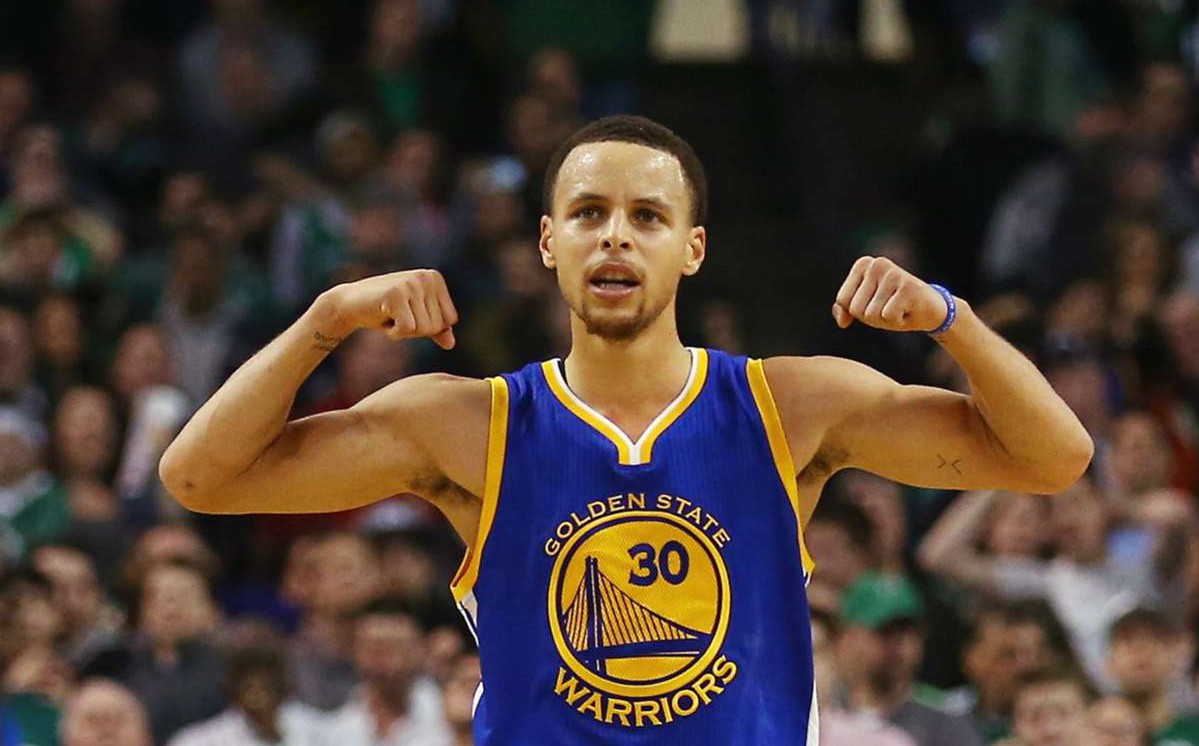A couple weeks ago, I posted an article with interactive team graphs that showed player correlations for all NBA players who average at least 15 minutes per game.
I’m updating these graphs, and I also want to share some thoughts below.
I’ve noticed that some people incorrectly conflate negative correlation with the idea that teammates are worse playing together. This is perhaps the most extreme example, but look at DeAndre Jordan and Blake Griffin, who just returned from injury. They have a strong negative correlation (-0.40) this season:
In general, most big men from the same team are negatively correlated, as they typically rely on a singular statistic (rebounding) for DFS value. However, if we look at the NBA On/Off tool and query how Jordan has played with and without Blake this year, it’s surprisingly unremarkable.
In fact, with Griffin off the court, Jordan has actually averaged a -0.1 DraftKings Plus/Minus differential. Put simply, Jordan is a better real-life player and DFS asset when Blake shares the court with him. Although their DFS production is highly negatively correlated, that’s almost completely because Jordan has played a majority of his minutes without Griffin: He’s played 908 of his 1,576 minutes (57.6 percent) without his fellow big man. Considering he played all of his 25 minutes last night versus the Warriors with Blake on the floor, that’s not an insignificant percentage.
So enjoy the data: It can be a useful tool for several teams, like the Timberwolves, whose starters play the majority of their minutes together and haven’t gotten injured. For other teams — like the Clippers and Jazz — the correlation numbers are more indicative of minute distributions and injuries than actual DFS value: Blake and DeAndre are negatively correlated, but that doesn’t mean they’re bad plays when they’re actually together.
Good luck until next time.







